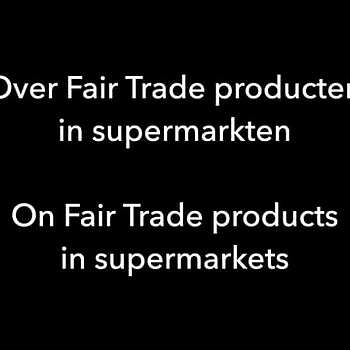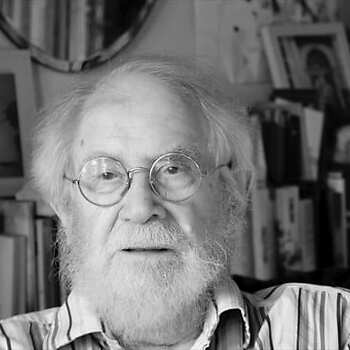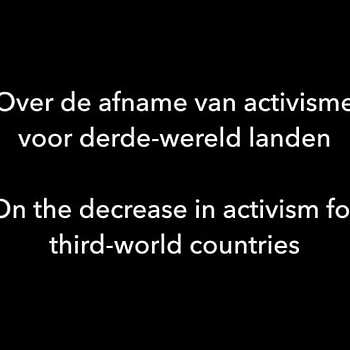The growth of Fairtrade International and the fair-trade movement in the 2000s and 2010s can, on the one hand, be seen as a success story as the use of standards and certification enabled the rapid growth of the movement and an increasing number of consumers could be reached through mainstream retailers. On the other hand, critics argue that the mainstreaming and growth of the fair-trade movement lead to the weakening of standards, the distancing of key governing bodies from the producers, and the dilution of the movements transformative power and relational character as large commercial participants partially introduced fair trade products.
This critique started in 2000 in the USA as Starbucks was granted a fair-trade seal by TransFair for only 1% of coffee purchases. Since this development, many new large commercial actors have entered the fair-trade system. This effectively boosted consumer demand, but also facilitated co-optation as the regulatory function of FLO and other fair-trade organisations clashed with its economic interests. According to critics, the standards for fair trade weakened as the entry requirements were lowered, the real value of minimum prices fell and plantation agriculture became certified.
On the other hand, the Max Havelaar Foundation named growth one of their top priorities in 2012. According to the foundation, the more coffee is sold under the Fairtrade label, the more farmers benefit from Fairtrade and the more they can invest in new initiatives. According to Max Havelaar, volume growth is a prerequisite for further growth in scope and impact. Cooperation with commercial actors helps them achieve this growth.
Sources
Jaffee, D., & Howard, P. H. (2010). Corporate co-optation of organic and fair trade
standards. Agriculture and Human Values, 27(4), 387-399.
NICC Archive:
A04195: Sanne Groot Koerkamp and Bente Meindertsma (2001) 25 jaar Fairtrade. Max Havelaar van Koffie tot Nu.
"Starbucks in London goes Fair Trade" by kafka4prez is licensed under CC BY-SA 2.0


